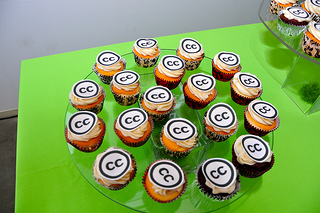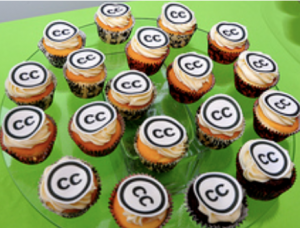OERs are free to use, but depending on the license, they may or may not be free to adapt, and they should always be attributed! Learn more below, or contact a librarian if you have specific questions.
Adapting
Check the license to make sure you have the permission to modify the contents.
It is easiest to edit the OER using its original format. Please note: Avoid PDF documents as they are not editable and will need to be converted to other formats before editing.
Using Open Author to edit or create OERs:
Authoring
Want to create your own OER? Start by choosing your Creative Commons License.
Attribute the OER to properly give credit to the creator or copyright holders. Follow TASL and attribute:
Use this free attribution builder to make it easy! Or read more about the full legal requirements on the Creative Commons site.
If you've adapted or modified the OER
You should always attribute the original work in any derivative work and identify that changes have been made. Often the simplest way to do this is to use the phrase “Adapted from …” or “This work is a derivative of…” and attribute the original work as you would normally. If your work incorporates a number of derivative works, you might say, “Adapted from the following sources…” and list each original work sequentially. Keep in mind that materials that have the Non-Derivatives license term (CC-BY-ND, CC-BY-NC-ND) are only allowed to be copied or redistributed as-is but NOT remixed.
Where to put an attribution
For text resources (eg. books, worksheets, PowerPoint slides, etc), include the attribution details where it naturally makes sense, such as immediately preceding or following the work, or as the footer along the bottom of the page on which the CC work appears. For videos, include the attribution information near the work as it appears on screen during the video. For sound recordings (eg podcasts), mention the name of the artist during the recording (like a radio announcement) and provide full attribution details in text near the podcast where it is being stored (eg. blog, school intranet, learning management system, etc).
Examples
Image attribution:

"Creative Commons 10th Birthday Celebration San Francisco" by Timothy Vollmer is licensed under CC BY 4.0
Modified image:

"Creative Commons 10th Birthday Celebration San Francisco" by Timothy Vollmer, used under CC BY 4.0 / Cropped from original
Created adaptation:

This work, "90fied", is adapted from "Creative Commons 10th Birthday Celebration San Francisco" by Timothy Vollmer, used under CC BY 4.0. "90fied" is licensed under CC BY 4.0 by [Your name here].
Music:
Theme music: “Day Bird” by Broke for Free (brokeforfree.com). Available for use under the CC BY 3.0 license (creativecommons.org/licenses/by/3.0/), at [Free Music Archive].
Text:
This chapter is from “Don't Know JS Yet (2nd Edition)” by Simpson. The book is licensed under the BY-NC-ND 4.0 license. © 2019-2022 Kyle Simpson.
Public domain materials:
“Milkmaid” by Vermeer. The Rijksmuseum collection. The image is dedicated to the public domain under CC0.